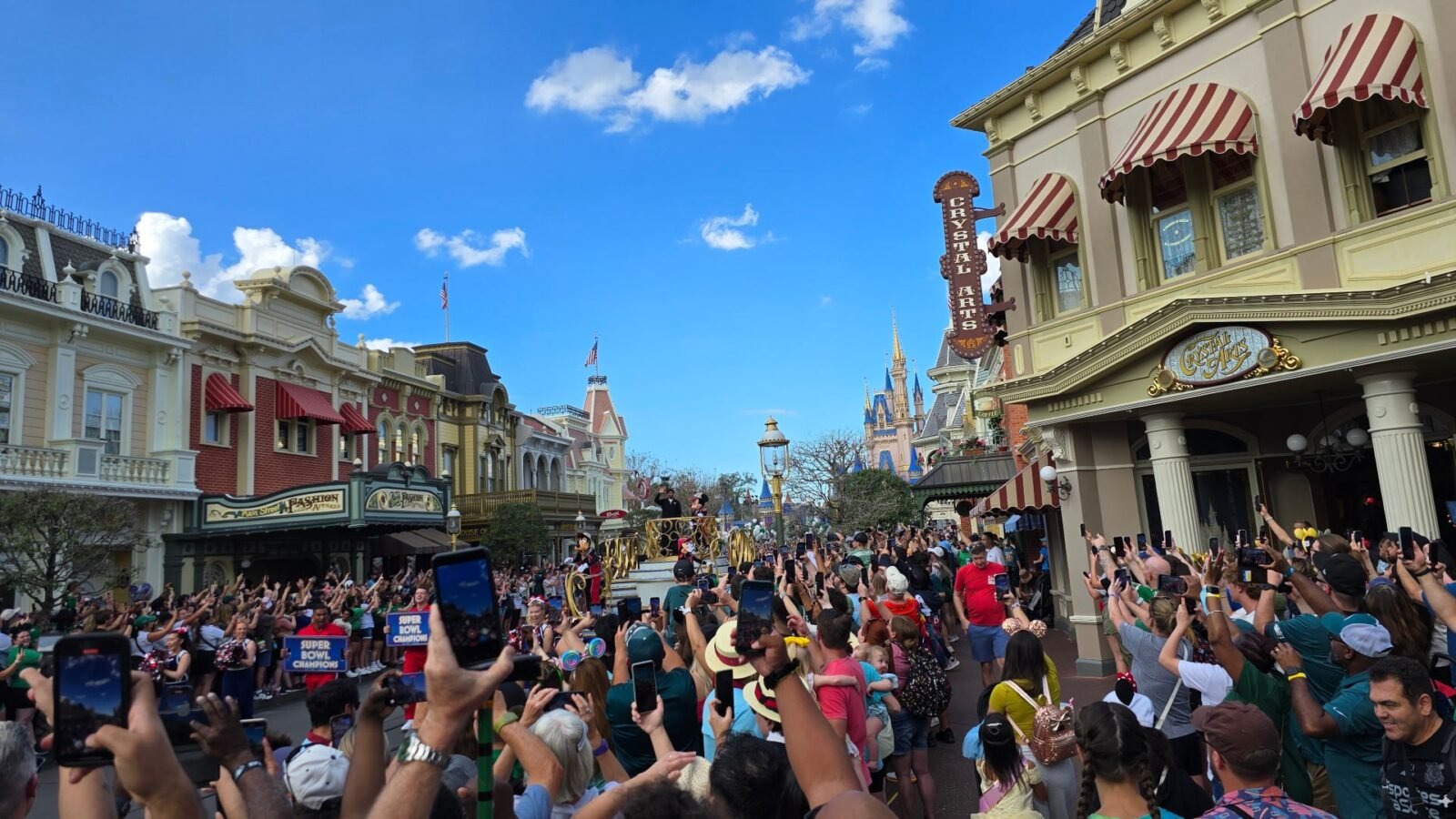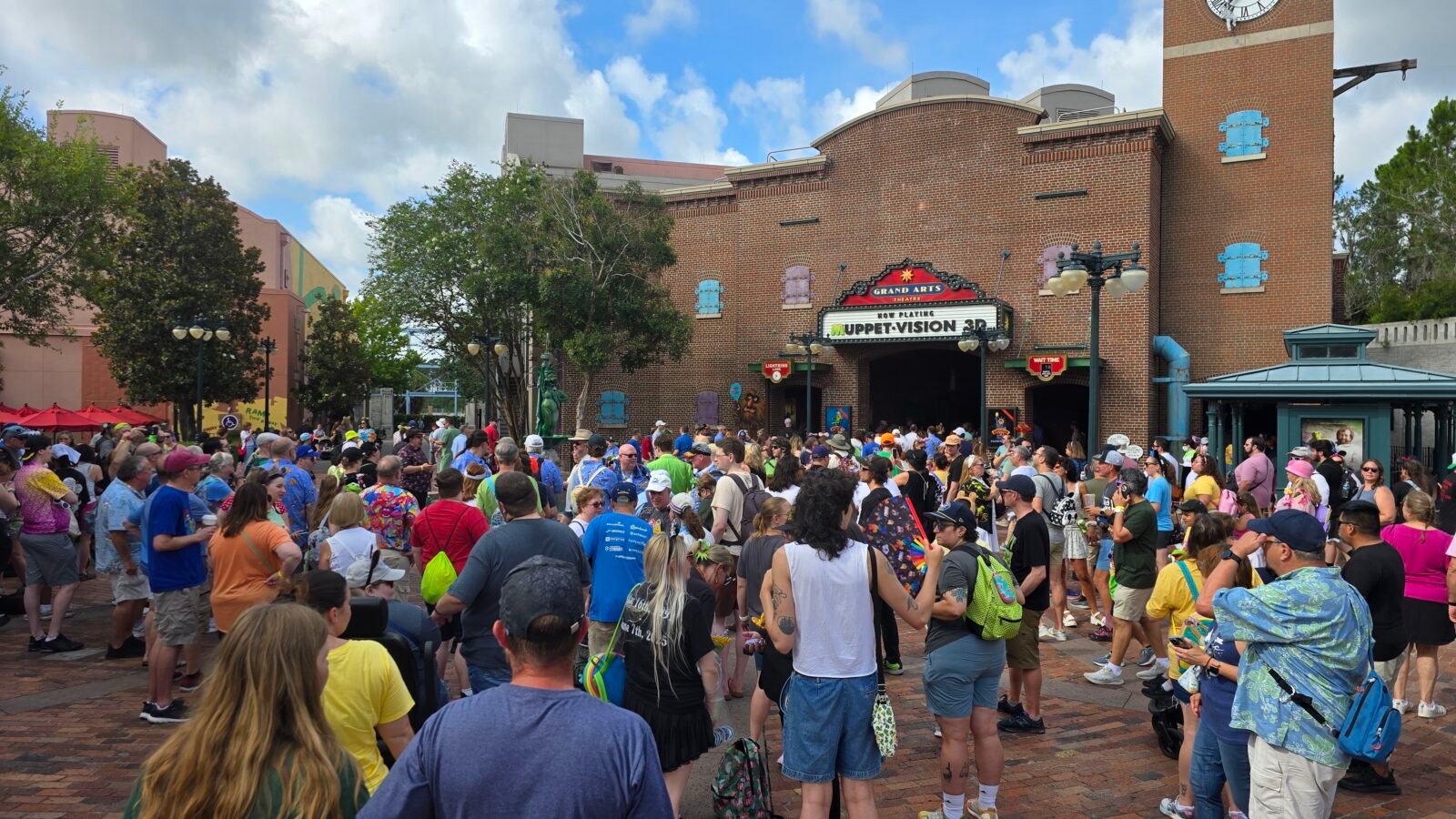
Main Character Syndrome: The Stereotype and the Scrutiny of the Disney Adult. The “Disney Adult” phenomenon, grown individuals with an intense devotion to the Disney brand, especially the theme parks, has become a massive target of public criticism and online mockery. While Disney markets to all ages, the behavior of this dedicated fan base is often scrutinized, leading to a common set of complaints across social media and general commentary.
Do not think we are leaving ourselves out of this discussion. We spent an hour in line to meet Bluey, got lucky, and only waited 45 minutes for the Figment Popcorn Bucket. Plus, we go to the opening day of Epcot Festivals, and we are content creators and have a D23 Gold Membership. We did cry at the opening of Star Wars Galactic Starcruiser!
However, we believe being a part of this community requires holding ourselves to a higher standard. No filming kids! No cutting lines! If a kid is behind us in line, let them go first! Do not sell your soul for a company that is about making money; figure out how to make money off the company! Do not steal others’ information; work with others, and always be nice, you never know who you are talking to!
Here are the primary reasons for the public animosity toward Disney Adults! Some we have witnessed, and it needs to be called out. But some could be associated with any fandom!
The Core Critiques: Where the Public Scrutiny Lands

Financial Excess and Privilege: People point to the significant cost of the hobby. A Disney trip is expensive, yet many Disney Adults fly to the parks multiple times a year, hold high-tier annual passes, and own extensive, costly merchandise collections. Critics frequently cite this constant, high-level spending as a tone-deaf display of disposable income during times of economic hardship, often leading to a dependency on ‘Personal Shoppers’ or resellers to obtain limited merchandise, further inflating the financial ecosystem of the hobby.
Brand Over Personality: A frequent objection is that the Disney brand has become the sole defining characteristic for many fans. They wear Disney clothing daily, theme their homes, and consistently steer conversations back to park events. The critique is that this devotion represents a failure to develop a diverse adult identity separate from a corporate entertainment property. They often mistake their brand devotion for a viable path to social media fame, failing to recognize the high barriers to entry in the creator economy.
Occupying Space Meant for Children: Disney Adults monopolize experiences intended for kids. Adults aggressively pushing for character interactions or treating rides as photo opportunities for their own content lead to the complaint that they are detracting from the “magic” of a child’s once-in-a-lifetime family trip. How many times have you witnessed a mother dressed to the nines, with a child in tow, screaming? We have witnessed this interaction where the “Main Character” will turn to the child and tell them they are “Ruining MY vacation!”
Uncritical Corporate Devotion: Observers are baffled by the tendency of the fan base to defend the corporation relentlessly. Disney Adults often excuse price hikes, operational issues, and reductions in park perks. This blind loyalty is seen not just as excessive fandom, but as a willingness to act as unpaid brand defenders for a massive media conglomerate focused solely on profit.
The Need for Public Performance: Fueled by social media trends, several Disney Adults are criticized for their performative consumption. They stage elaborate photo shoots and film vlogs, leading to the perception that their entire experience is a public content-creation exercise. This focus on outward validation is often labeled as “main character syndrome,” disrupting the general flow of the park for others. Cheerleading squads doing routines in front of Cinderella Castle, TikTok dancing around every country in EPCOT, and getting mad at guests walking in front of cameras.
Fueled by the content-creation economy, some Disney Adults are criticized for performatively consuming and creating ‘pity-bait’ content, blurring the lines between genuine experience and emotional exploitation for views.
Vicious Anti-Diversity Backlash: The community often receives intense condemnation because a highly visible segment has actively protested the company’s inclusion efforts. Outrage directed at casting non-white actors in live-action remakes or the re-theming of racially insensitive rides (like the former Splash Mountain) has positioned a group of the fandom as regressive and exclusionary, linking the brand obsession to a defense of a past, less diverse era.
Demands for Perfection and Entitlement: Critics observe that this high-investment fandom often leads to excessive nitpicking and complaining. Because they visit so often and spend so much, some Disney Adults exhibit entitled behavior, demanding a level of perfect service or fidelity to minute details of lore that frustrates both cast members and other guests. This high investment often leads to excessive nitpicking, as seen when fans publicly decried the removal of the old Hollywood Studios sign and people screamed about how Disney was “Ruining the Magic“.
Is This Just Standard Fandom?
A counter-argument raised is that much of the Disney Adult criticism is hypocritical. Many argue that the same spending, intensity, and corporate loyalty, the devotion of time and money, are accepted in other fan communities, such as those dedicated to major sports teams or expensive car collecting. The suggestion is that Disney Adults are simply an easier target because their interest is tied to themes often associated with childhood or femininity.



